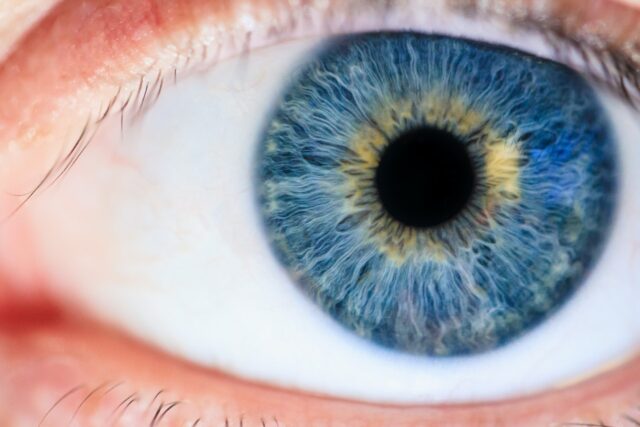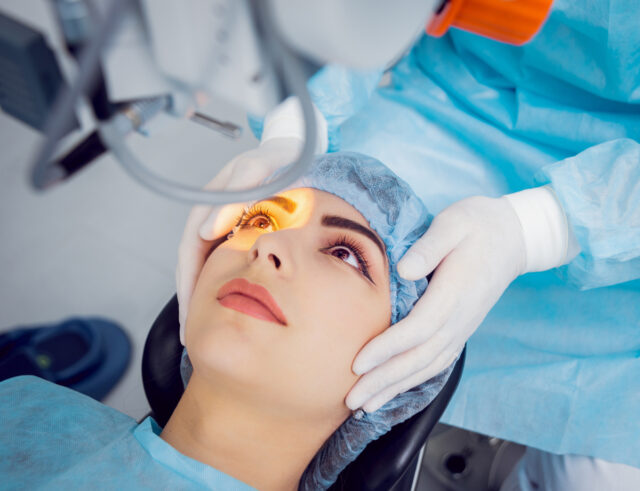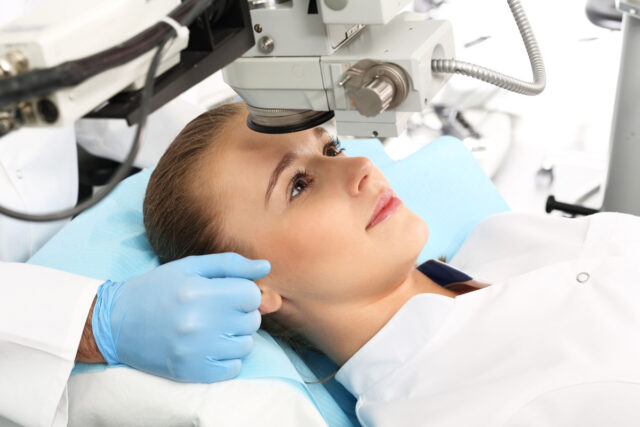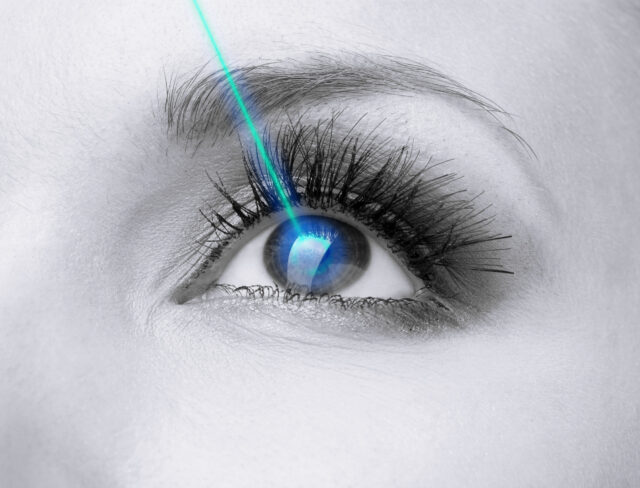
Laser vision correction is a type of correction that many adults are considering a permanent solution to the problems they experience with their sight, especially those who already use glasses and/or contact lenses.
According to some research data, this is the surgery to more than 50 million people undergo throughout the world.
Why is this surgery something you should definitely consider if you have sight issues, and how do you know if you are eligible for one?
We reveal everything you should know in this text.
What is this surgery?

It is an operation performed to permanently correct vision, and over time, due to its effective results, it has become one of the most performed surgeries in the whole world.
The procedure itself relies mostly on a surgeon whose narrower specialty is ophthalmic surgery. During the process, the surgeon uses a laser to reshape the cornea. For the vast majority of people, removing diopters with a laser permanently solves the need for any further vision correction, and this is the main advantage of the procedure.
The key revolution that made “LASIK” one of the most preferred methods when it comes to vision correction is the energy produced. The laser uses hyper-focused ultraviolet light that vaporizes the targeted cells without harming nearby areas. For this reason, it is also called a “cold laser”. These are highly sophisticated lasers that use the same tracking technology used by NASA to land shuttles.
Doctors around the world claim that it is precisely this advanced technology that protects patients from harm and ensures that the procedure goes according to plan. Rarely is an operation 100 percent effective, but various studies and assessments say that it contributed to effective results in as many as 95-98.8 percent of patients who chose to do it.
The surgical incisions allow the surgeon to fold the very top of the cornea so that the precisely mapped corneal tissue beneath the outer flap can be targeted. After that, the unnecessary tissue, to put it simply, evaporates, and when the corneal cover returns to its place, it perfectly matches the new shape that gives the eyes better focus, or more precisely, sharper vision.
After the procedure, which lasts about 10 minutes, the patient’s vision improves immediately, but it is important to know that this type of vision correction is not suitable for everyone. Patients with moderate degrees of nearsightedness, farsightedness, and astigmatism often qualify as good candidates for this procedure, and doctors often recommend the procedure to patients who suffer from presbyopia.
By now you must be wondering what is the difference between the two surgeries mentioned in the title.

It’s no wonder this confuses you because most articles you find online talk about these two as if they are the same. They do have some elements in common, such as being performed by a laser, but they are two different surgeries. They differ in the way the top corneal layer is taken off. And that’s the only difference. As for which one should you choose, according to sharpe-vision.com it is best to consult a professional LASIK doctor and ask for an opinion.
A little bit about the history of the surgery
Surgeries similar to this one became popular in the 1980s as a way to correct short-sightedness. A couple of years after the first type of laser was introduced as a tool for biological purposes. Thanks to it the progress of these surgeries accelerated fast. Coming to the nineties, even though the surgery was officially still not approved, it still made its way to almost every interested patient.
How safe are these surgeries?

After reading all the above, naturally, you want to know how safe these surgeries are.
Over the years, the advancement of technology, especially when it comes to technology these treatment methods use, has provided an increase in safety. Needless to say that they are a lot safer than they used to be in the nineties when everything began. The vast majority of people who decide to undergo laser surgery do not experience any long-term complications, but also do not experience any serious side effects. Much of the stigma surrounding the complications of these surgery dates back to the earliest days when surgeons were less experienced and technology less advanced.
Of course, there are measures of precaution every surgeon takes in order to minimize the risk of anything happening before, during, and after the procedure. We’ve listed them below.
Immediately after surgery, the practice is to prescribe antibiotic drops to the patient to help the treated area heal. This usually takes about seven days. During this period, the eyes may be sensitive to light, and some may experience dryness and night halos, which may last for several months. Despite all this, one of the most common comments that can be heard from patients who have experienced it in this way is that they cannot believe that they waited so long for laser eye surgery and that their quality of life has improved incredibly.
The night before the surgery itself, it is recommended that the patient get a good night’s sleep and rest, avoid alcohol as well as medications that could dry out the eye, and your ophthalmologist will explain to you how to behave with the lenses you wear and the regular therapies you use before the operations themselves.
So, as we said, measures of precaution have been introduced in order to minimize any kind of risk from happening.
Before you decide on your own procedure, it would be best to hear the experiences of people who have already gone through it, so that you can find out firsthand what life is like during the healing process as well as life after the healing of the eyes.









